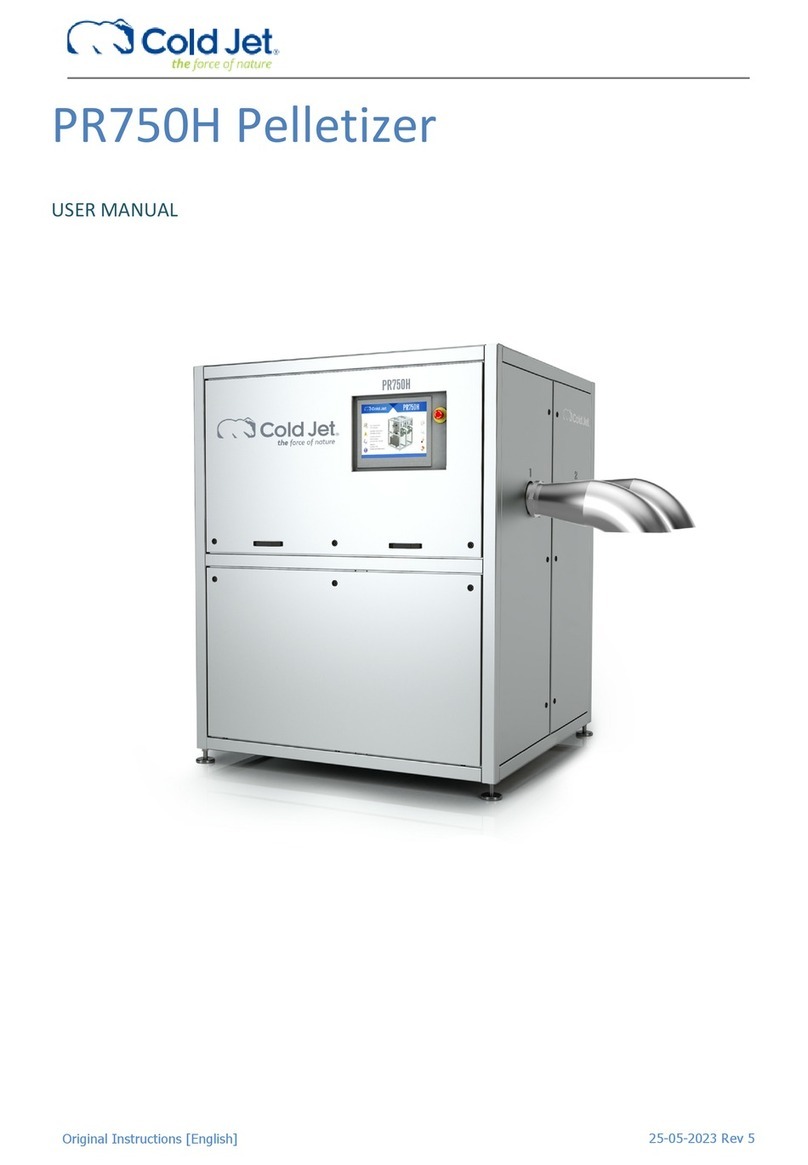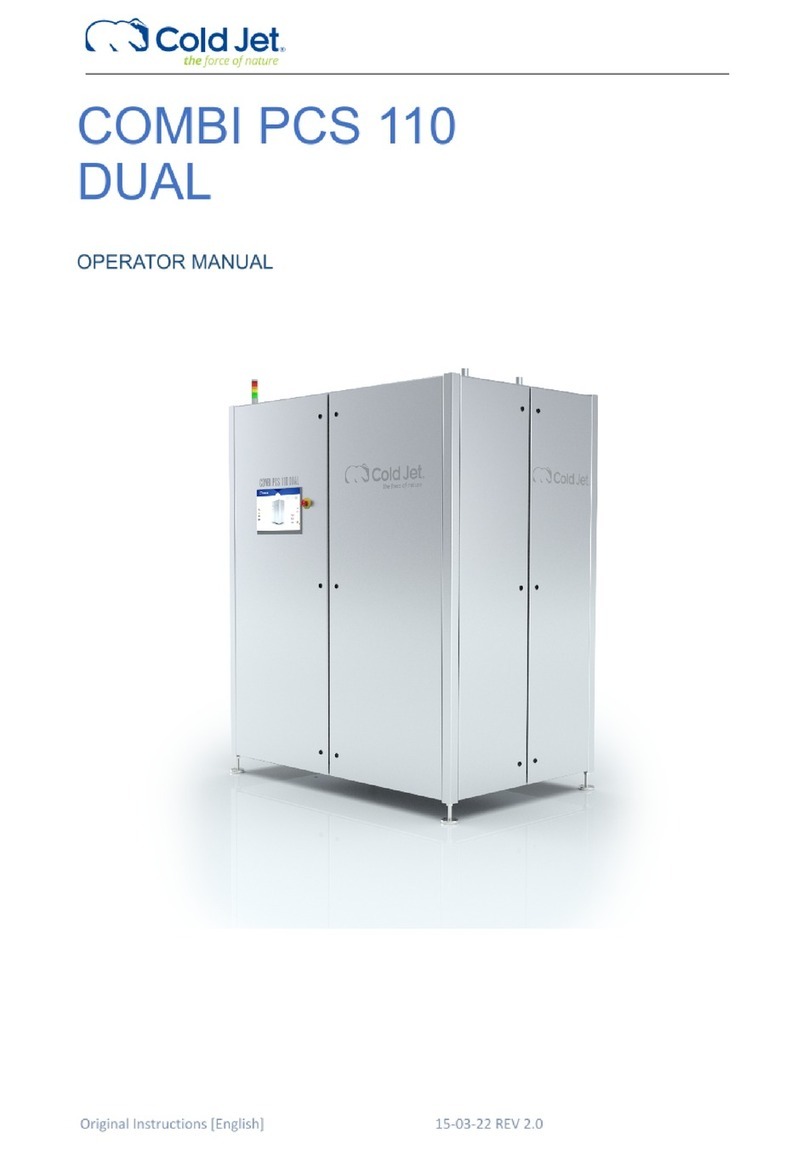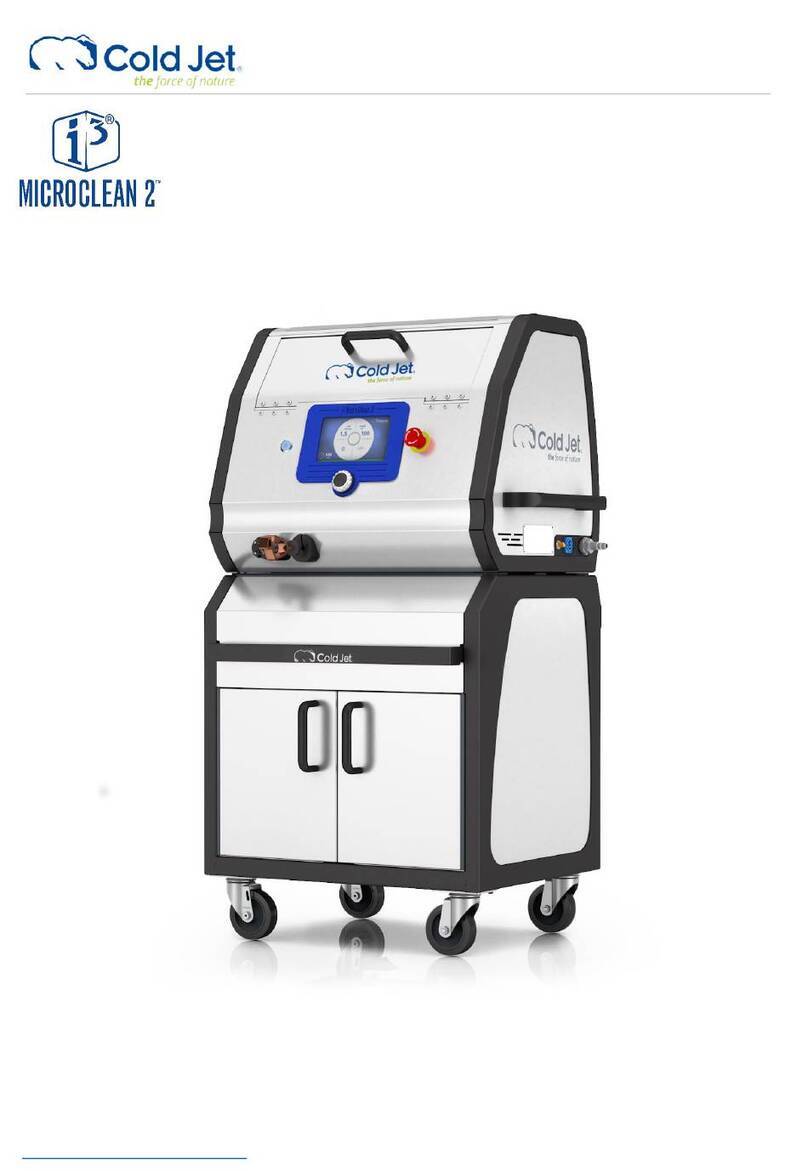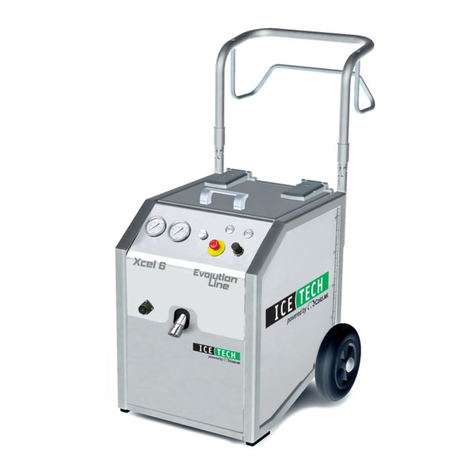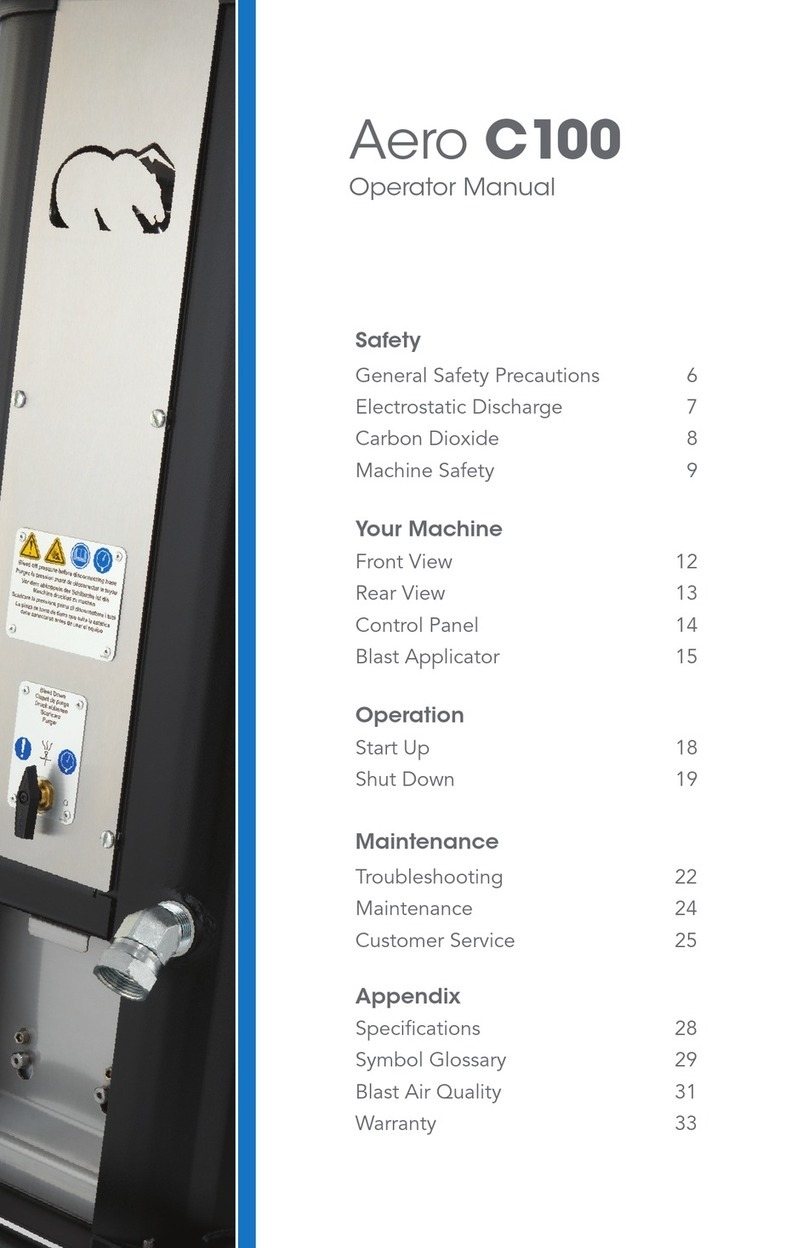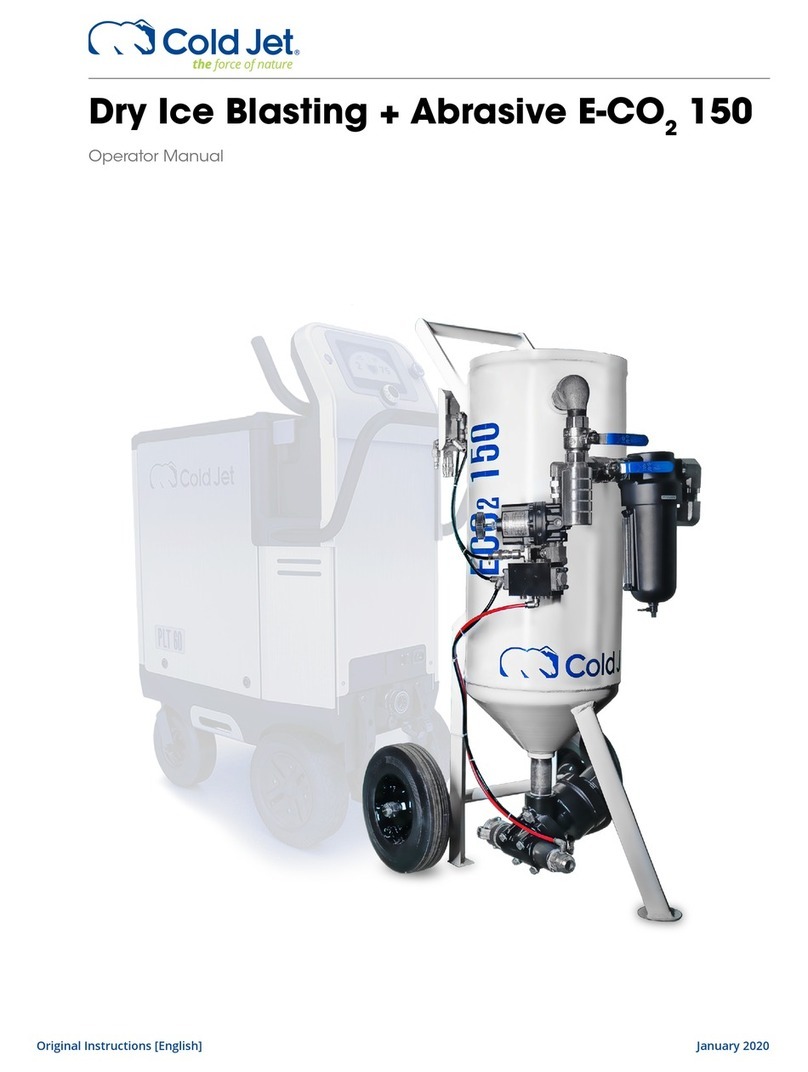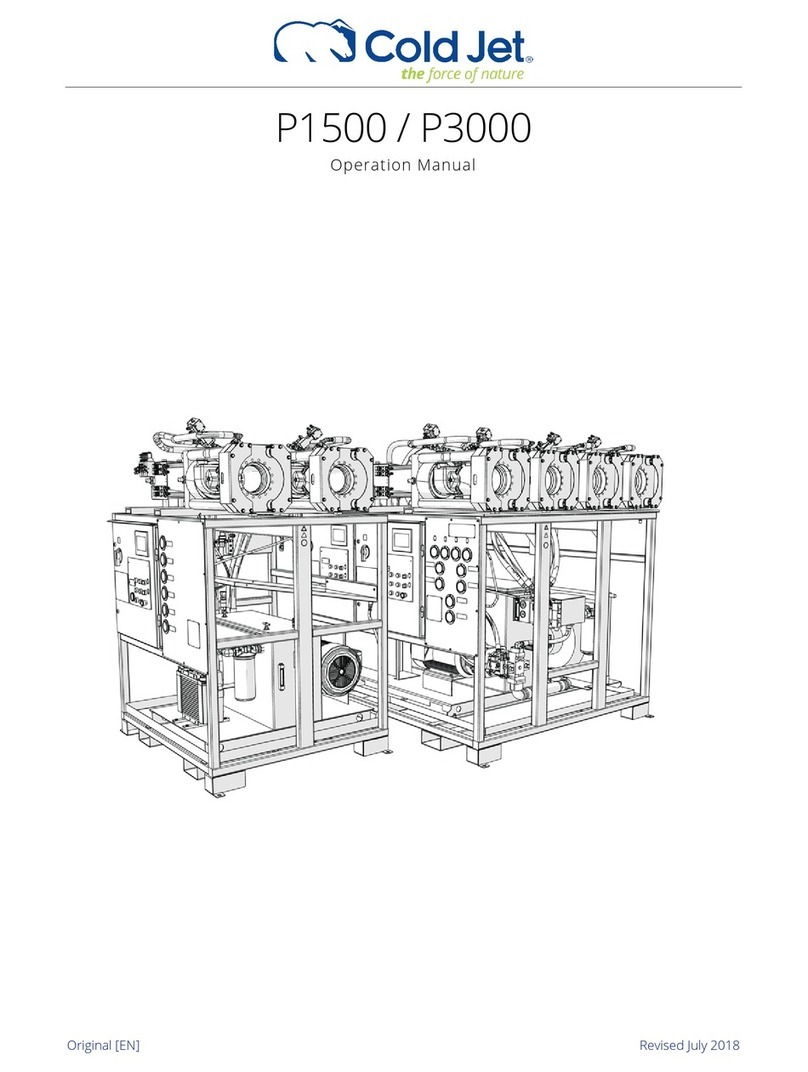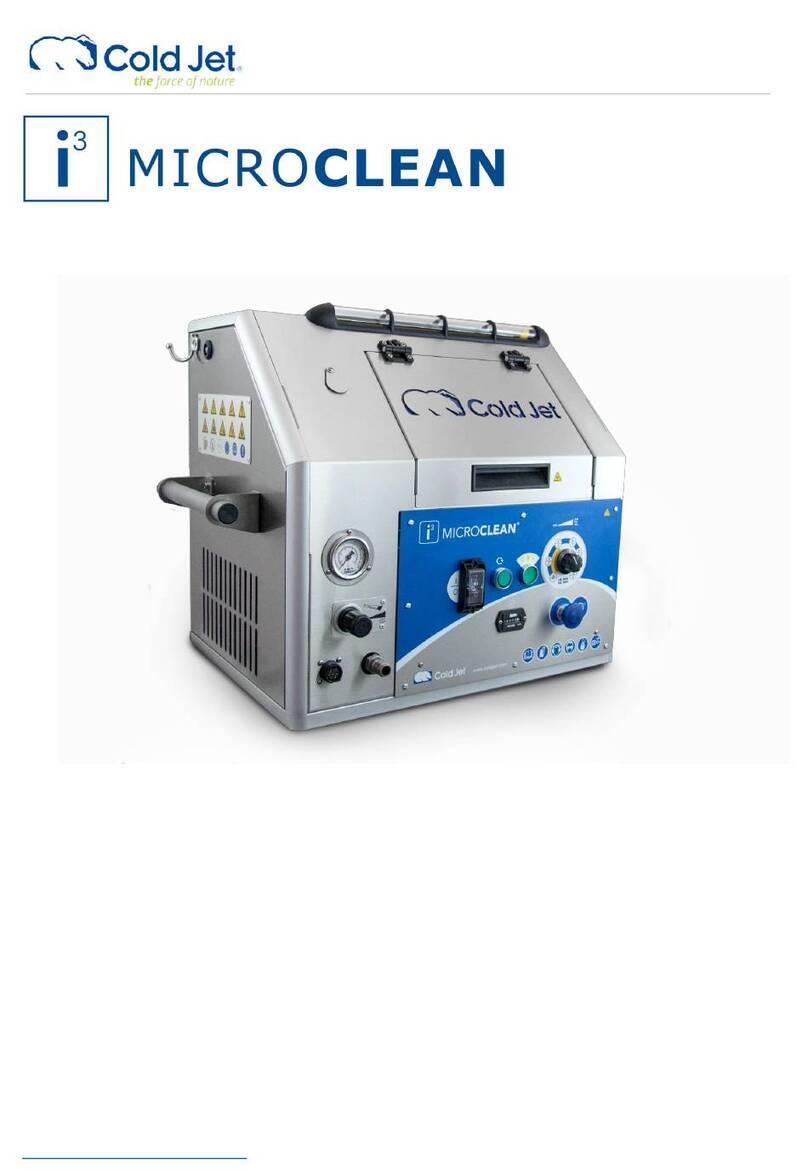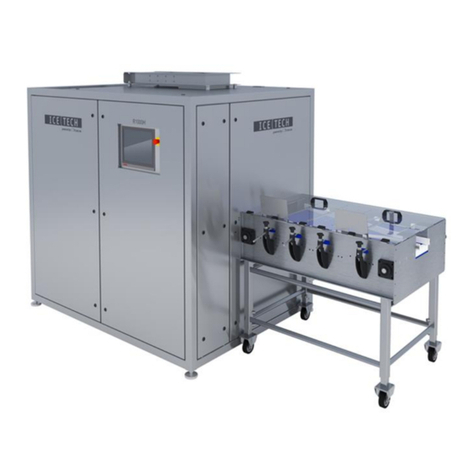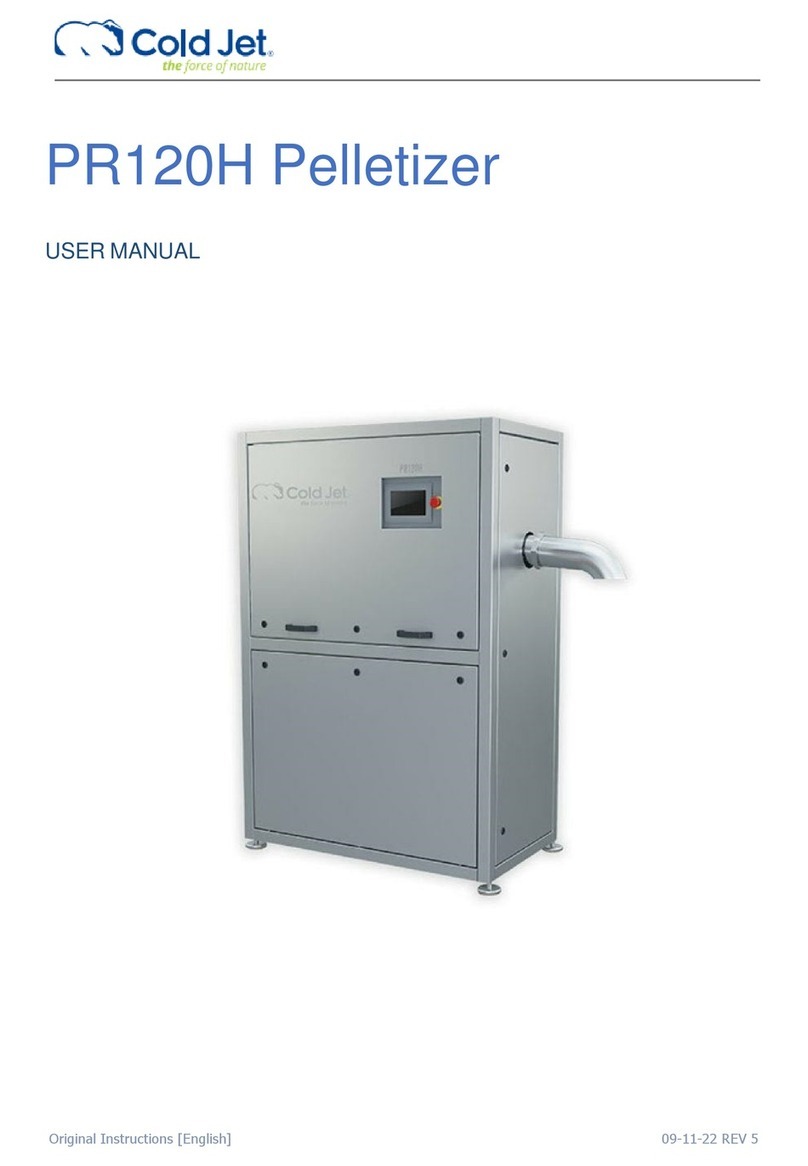
3
Safety
General Safety Guidelines
This machine is designed to comply with international design standards and the European
Machinery Directives. Therefore, using the machine does not pose a risk to the operator when the
instructions in this manual are followed carefully. However, certain precautions must be followed
during its use. To understand all the necessary precautions, the machine operator must read the
entire manual before operating or performing maintenance on the machine.
Operation and maintenance should only be performed by authorized and trained personnel. Below
are some basic safety guidelines:
yFollow local governing codes to ensure a minimum standard of safety.
yWear protective gloves, eye protection, and hearing protection.
yOperate the machine in a well-ventilated work area.
yFollow the prescribed maintenance schedule (see “Maintenance” on page <?>).
yStart up and shut down the machine according to the instructions in this manual.
yDo not operate a machine that is damaged or in disrepair.
yDo not store objects on top of machine.
CO2 Safety
This machine uses dry ice (CO2 in solid form). The temperature of dry ice is -109°F (-78.9°C). Avoid
coming into direct contact with dry ice as it may cause severe tissue damage.
Study the material safety data sheet (MSDS) of dry ice (CO2) supplied with the delivery of dry ice and
follow all the recommendations and guidelines listed therein.
Operate the blaster in a well-ventilated work area. The eects of CO2are entirely independent of
the eects of oxygen deciency. Therefore, CO2concentrations at 3-5% causes headaches, fast
breathing and discomfort while higher concentrations may cause unconsciousness, suocation or
respiratory arrest. The legal exposure limit set by OSHA is a 0.5% average over an 8-hour workday
and the acute (15 minute) exposure limit set is 3.0%.
Always use a CO2 monitoring/alarm system when working with machinery that emits CO2in a
conned room/space.
Electrostatic Discharge
Dry ice blasting may create electrostatic discharges. This machine is tted with eective electrostatic
dischargers to prevent injury or damage. Also, the machine must be plugged into a properly
grounded electrical outlet.
It is recommended to avoid operating the machine near explosive or ammable material. Also,
use a plastic scooper when handling dry ice pellets on the DX model to eliminate any electrostatic
discharge.

